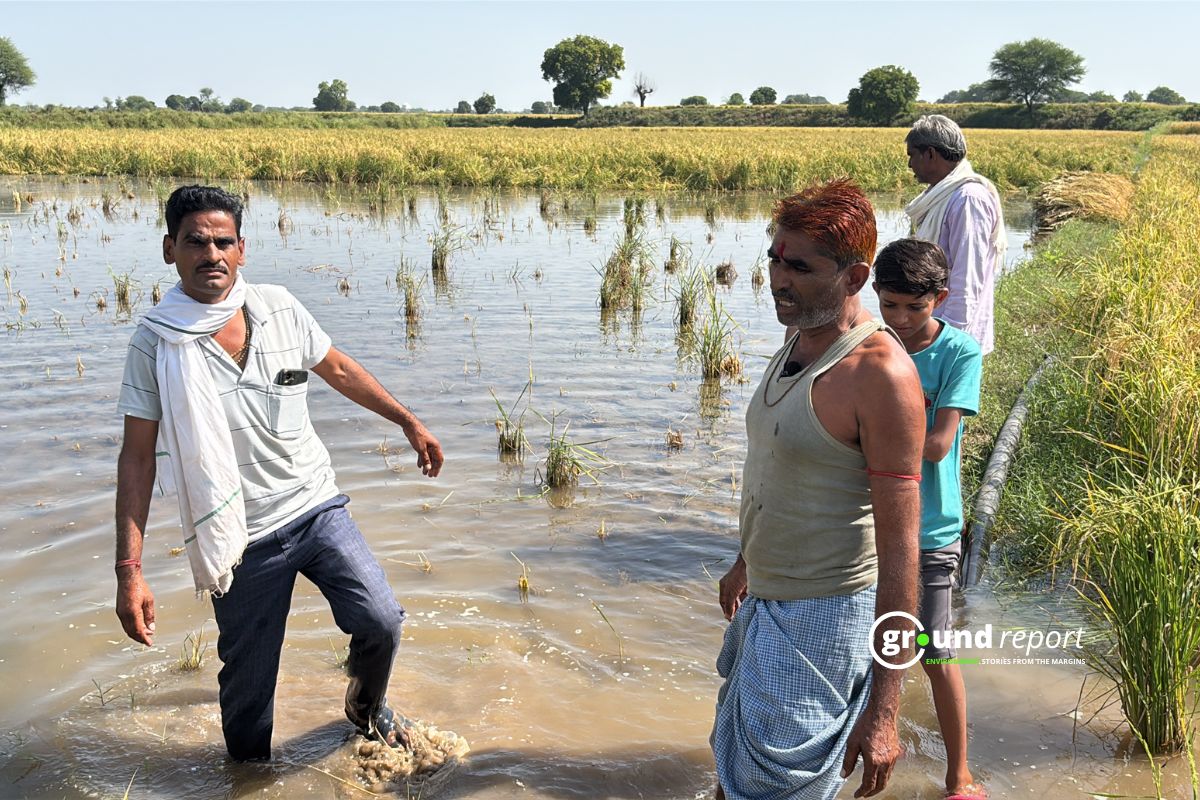With the global oceans warming faster than ever, countries like India are the most vulnerable with their vast coastal populations, the World Meteorological Organization (WMO) has warned in its latest global report. It counts Mumbai among the large coastal cities that could be hit the hardest due to this climate change-induced disaster.
A new report from the World Meteorological Organization (WMO) titled ‘Global Sea-Level Rise & Implications: Key Facts and Figures’ highlighted how global changes in sea level induced by climate change and the melting of large masses of ice will exert a significant impact on communities throughout the world, especially in small island states and in densely populated low-lying urban areas.
The report says that sea level changes pose a major threat to countries like the Netherlands, Bangladesh, India and China. “Several large cities are under threat, such as Shanghai, Dhaka, Bangkok, Jakarta, Mumbai, Maputo, Lagos, Cairo, London, Copenhagen, New York, Los Angeles, Buenos Aires and Santiago. It is a great economic, social and humanitarian challenge,” the report concluded.
Glacial melts, warming waters
As per the WMO report, Global warming has caused ice loss and the melting of glaciers around the world. It has also caused the thermal expansion of water, the phenomenon by which any object that is subjected to heat expands. The ocean is now warming faster over the past century than it has since the end of the last deglacial transition, which was about 11,000 years ago.
The report highlighted how the sea level, in turn, has risen over the years. Thermal expansion explained 50% of sea level rise between 1971 and 2018, and human activities likely drove the rise since 1971. The global mean sea level rose 0.20 m between 1901 and 2018, with an average rate of increase of 1.3 mm/year between 1901 and 1971, 1.9 mm/year between 1971 and 2006, and 3.7 mm/ year between 2006 and 2018.
The WMO said sea levels will continue to rise under all emission scenarios. Relative to the period 1995-2014, the probable global mean sea level rise for 2100 is 0.28-0.55 m under the very low GHG (greenhouse gas) emissions scenario; 0.44-0.76 m under the intermediate GHG emissions scenario and 0.63-1.01 m under the very high emissions scenario.
At the high end, that’s about half a meter. For context, Chennai has an average elevation of around 6.7 meters above sea level; Mumbai is about 10 m away.
Keep Reading
Part 1: Cloudburst in Ganderbal’s Padabal village & unfulfilled promises
India braces for intense 2024 monsoon amid recent deadly weather trends
Support us to keep independent environmental journalism alive in India.
Follow Ground Report on X, Instagram and Facebook for environmental and underreported stories from the margins. Give us feedback on our email id greport2018@gmail.com.
Don’t forget to Subscribe to our weekly newsletter, Join our community on WhatsApp, and Follow our YouTube Channel for video stories.








